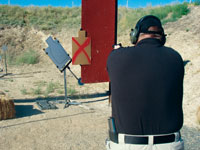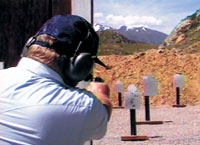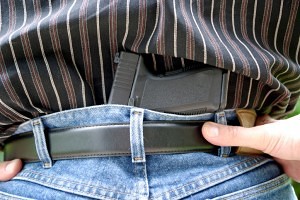 By John Krupa III.
By John Krupa III.
Our nation was shocked yet again by another senseless mass murder on July 20th when deranged psychopath James Holmes walked into a movie theater in Aurora, Colorado, and murdered 12 unarmed citizens and wounded more than 100 others.
With the increased frequency of mass murder incidents in our nation – Virginia Tech, Fort Hood, and now Aurora – are you prepared to deal with the next active shooter incident when it happens in your backyard?
As a police officer and professional trainer, I can’t emphasis enough (law enforcement officers and armed citizens alike) how important it is to remain vigilant, maintain situational awareness, and be ready for anything – anytime, anywhere!
I teach personal defense courses to law enforcement officers and civilians across the country on how to respond and react to active shooter situations, and while the rules of engagement may differ based on situation, the combat mindset is the same.
There is a long history in the evolution of combat mindset and how we prepare the mind for combat going all the way back to World War II with Rex Applegate’s publication Kill or be Killed. This was followed by two excellent short books in the ‘70’s by Jeff Cooper: Principals of Personal Defense and Color Codes of Awareness.
Fast forward to the late 90s and early 2000s and we have Dave Grossman’s fascinating research On Killing: The Psychology of Killing in War and Society as well as Sharpening the Warrior’s Edge by Bruce Siddle. Do a quick search on the Internet and you’ll find a plethora of articles and publications by writers from all over the country supporting combat mindset research and development.
But once we have absorbed all this combat mindset information, how do we use it, and how is it applied in real world situations such as active shooter incidents?
I like to break it down the same way I learned it:
Situational Awareness
A catchy phrase, but what does it mean? I think the Color Codes of Awareness best summarizes how you should be conducting yourself in your everyday travels – stay out of condition white (the lowest awareness level of Jeff Cooper’s color code), be aware of your surroundings, identify specific problems or threats, and be prepared to execute a tactical plan to deal with each threat as it presents itself.
Visualization
Part of being prepared to deal with a situation is to play the “what if” game in your mind everywhere you go. As a field training officer for the Chicago Police Department teaching new recruits how to work the mean streets of Chicago, one of the first things I would teach them is to always be prepared for the unexpected. I challenged them to think about locations we would respond to for calls before we arrived. Visualize the interior of a structure or building upon approach, and always play the “what if” game. Think to yourself, “If this or that happens, what would I do?”
The same game can be played off-duty or as a civilian. If you walk into a store, bank, mall, theater, etc., your head should be up and on a swivel. You should be looking around for things out of the ordinary (running through the Color Codes of Awareness), looking for things that are odd or out of place, paying attention to detail, and always looking for a point of egress. I call this the “Krupa relaxed paranoid mode,” because that’s exactly how you feel, but this is what you need to do to develop Situational Awareness.
Vigilance
A trait that can’t really be taught but is learned through life experience. Alertness is the first principal of personal defense. Some people have it, some never will.
Obviously, victims are never to blame when tragedy strikes, but there are some actions and habits that may decrease your chances of survival in dangerous situations. The people in the most danger are what I like to call “sheeple.” We’ve all seen them – people that walk around every day like wandering sheep in condition white, oblivious to their surroundings. Just stand outside on a busy street, public transportation hub, or in a mall. Everywhere you go, people are walking around with their heads down, texting or operating one of the many electronic devices that have become an integral part of our daily routines and way of life.
People are walking into each other, walking into obstacles, walking into oncoming traffic, falling off train platforms, and falling down stairs because they are oblivious to what is going on around them! In order to avoid this dangerous distraction, people need to put those devices away, minimize their use in public, and get back to being aware of their surroundings. You will never have situational awareness if you are not vigilant.
The Winning Mindset
To avoid becoming a victim, there may be a time when you have to use various levels of force, up to and including deadly force for personal defense.
The last three principals of personal defense are needed to accomplish this task – decisiveness, aggressiveness, and ruthlessness. Jeff Cooper was specific in selecting these last three principals, and he combined them as the primary elements of what he believed is necessary to win the fight when you’re at the phase where the meat meets the metal.
Once you have made the decision to execute a tactical plan, be decisive in its execution. Aggressiveness is needed to overcome your adversary – dominate the threat! Ruthlessness is necessary in the application of ANY level of force that may cause death or great bodily harm to stop an assailant’s deadly actions.
Ultimately, the person that possesses superior mindset, tactical aptitude, and situational awareness is the person that is most likely going to WIN the fight!
It’s not a matter of if another mass murder active shooter incident is going to occur but when and where! ARE YOU READY?
For more information about our training courses, visit our website @ www.TeamSpartan.com
As always, stay safe and Fight to Win!
John Krupa III
Master Firearms Instructor
President / Director of Training
Spartan Tactical Training Group, LLC
About John Krupa III
John is an active duty police officer with the Orland Hills Police Dept. (IL.) and has over 21 years of experience in LE. He has previously served as a patrol officer, rapid response officer, FTO and firearms instructor with Chicago PD. He is a graduate firearms instructor from the Secret Service Academy, FBI, DEA and FLETC. John is founder and president of Spartan Tactical Training Group, Director of Training for the DS Arms LE Training Division and has previously presented at training conferences across the country with the AFTE, ASLET, GTOA, IALEFI, ILEETA, ISOA, LETC, MidTOA, NTOA and TTPOA.







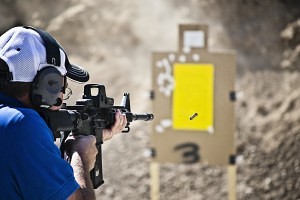 Action Target’s annual Law Enforcement Training Camp ended Friday as instructors and trainees parted ways after another year of advanced law enforcement training.
Action Target’s annual Law Enforcement Training Camp ended Friday as instructors and trainees parted ways after another year of advanced law enforcement training.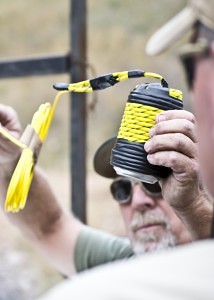
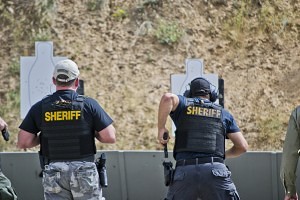
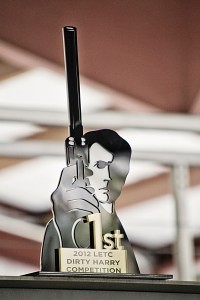
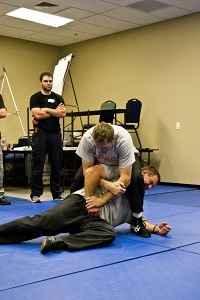
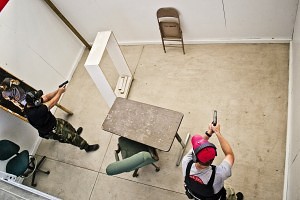

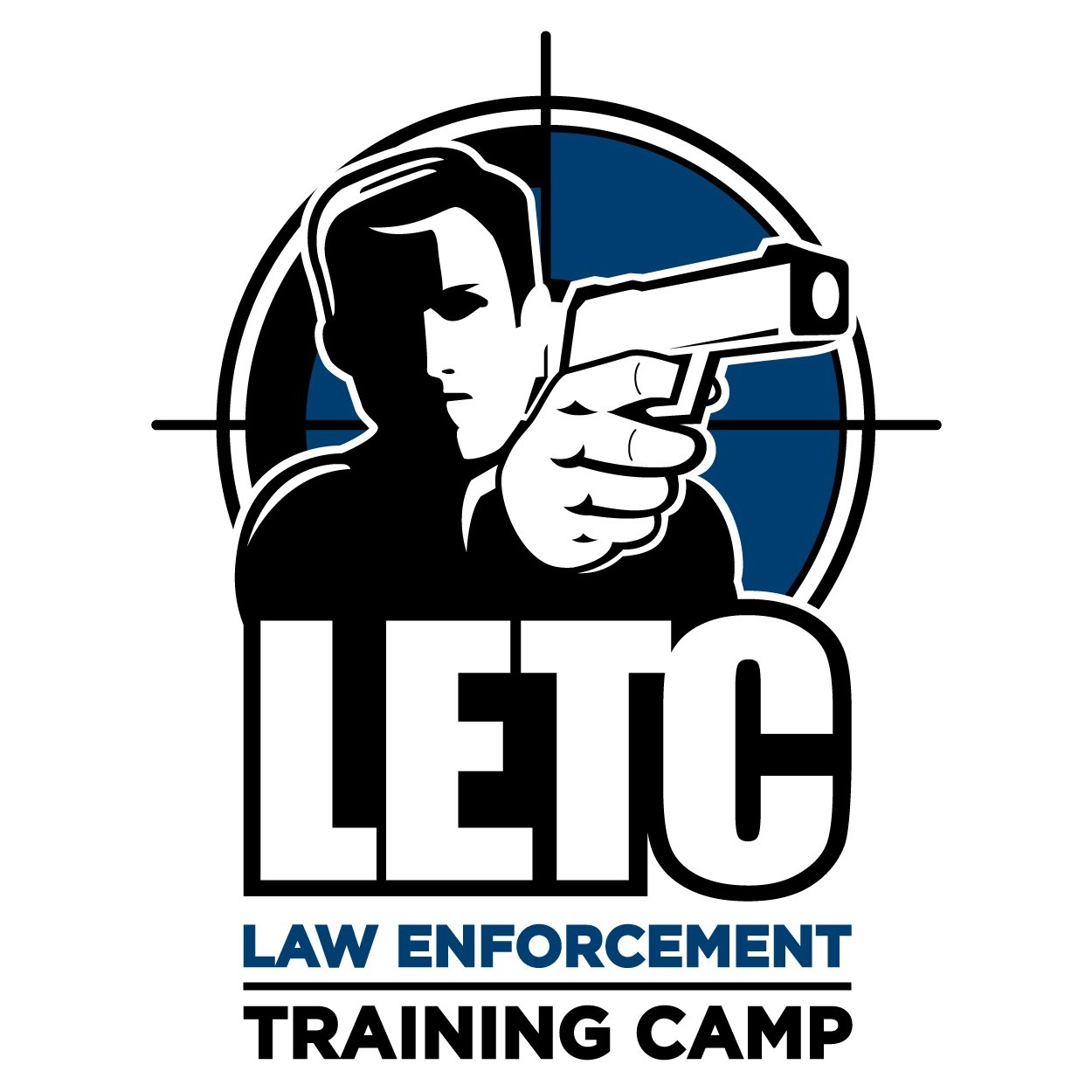 For more than 20 years, Action Target has held the Law Enforcement Training Camp (LETC) to help police departments across the nation get the quality firearms training they need and deserve. With this year’s training camp starting in just a few days, we’re excited to get things rolling. For those of you who will be attending, here’s what you can look forward to (and for those of you who didn’t register in time, this is what you’ll be missing!).
For more than 20 years, Action Target has held the Law Enforcement Training Camp (LETC) to help police departments across the nation get the quality firearms training they need and deserve. With this year’s training camp starting in just a few days, we’re excited to get things rolling. For those of you who will be attending, here’s what you can look forward to (and for those of you who didn’t register in time, this is what you’ll be missing!). Under such extreme stress, cognitive ability is diminished and thought process is narrowed acutely. When facing the stress of lethal confrontation, officers should not have to think about basic weapons manipulation or marksmanship fundamentals; if they have to think about these basic fundamentals under stress, their chances for losing increase.
Under such extreme stress, cognitive ability is diminished and thought process is narrowed acutely. When facing the stress of lethal confrontation, officers should not have to think about basic weapons manipulation or marksmanship fundamentals; if they have to think about these basic fundamentals under stress, their chances for losing increase.
